SUMMARY
This is AI generated summarization, which may have errors. For context, always refer to the full article.
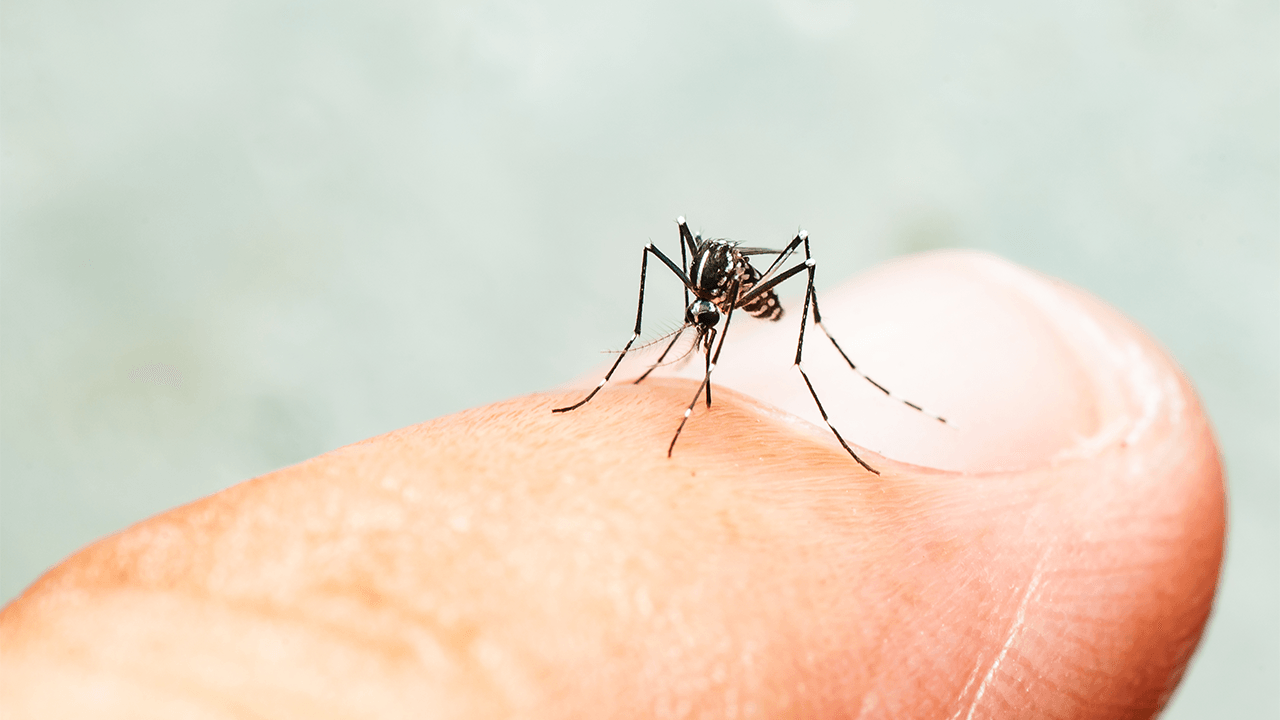
CAGAYAN DE ORO, Philippines – The Department of Health (DOH) in Northern Mindanao sounded alarm bells as it noted a surge in dengue fever cases in the region.
The DOH has confirmed 898 cases of dengue infections and documented three deaths in Northern Mindanao since January alone, indicating a trend that could exceed the number of cases reported in the region in 2023.
In the wake of rising cases of the mosquito-borne disease that has surpassed Northern Mindanao’s epidemic threshold over the past weeks, the Philippine Health Insurance Corporation (Philhealth) announced on Wednesday, February 14, that dengue patients could avail of a 30% increase in benefit packages for dengue hospital admissions starting on Valentine’s Day.
Dr. Ellenietta Gamolo, DOH director in Northern Mindanao, has ordered an intensified anti-dengue campaign, active surveillance and accurate reporting, and reactivation of community and school-based initiatives throughout the region.
In 2023, 22 out of the 54 weekly surveillance reports on dengue cases surpassed the epidemic threshold, while the remaining reports were above the alert level. During that year, the region recorded 17,303 dengue cases, marking a 49% increase from the 11,623 cases reported in 2022. The epidemic threshold is determined using data from a three-year period prior to the outbreak.
Based on data from the DOH-X’s Research, Epidemiology Surveillance, and Disaster Response Unit, Lanao del Norte logged the highest increase in dengue cases for the period from January 1 to December 31, 2023, with a staggering 148% rise compared to 2022, reaching 3,610 cases compared to 1,458.
Misamis Occidental saw a 133% increase, with dengue infections rising to 2,479 in 2023 from 1,065 in 2022.
Meanwhile, Iligan City reported a 70% increase, Misamis Oriental saw a 33% rise, and Bukidnon had a 21% increase.
Bukidnon registered the highest number of dengue cases in 2023, with 5,393 people affected, compared to 4,074 cases in 2022.
Two local governments in the region reported reductions in dengue cases in 2023 compared to 2022: Camiguin with a 48% decrease from 325 to 169 cases, and Cagayan de Oro with a 13% decrease from 1,986 to 1,733 cases.
Gamolo said the DOH will enhance its dengue prevention strategies down to the barangay levels in Northern Mindanao. These efforts include finding and eliminating mosquito breeding sites, promoting self-protection measures, encouraging early medical consultations, conducting fogging and spraying of pyrethrins, and promoting hydration practices.
Gamolo also called on local governments to revisit existing dengue preparedness strategies to prevent an epidemic, a situation when there is rapid spread of a disease to a large number of hosts in a given population within a short period of time.
Dengue fever, which can be fatal if not treated promptly, is caused by viruses (DEN-1, DEN-2, DEN-3, and DEN-4) transmitted by mosquitoes of the Aedes species, including Aedes aegypti and Aedes albopictus.
Nurse Teresita Betonio, a mother of four, whose youngest son contracted the dengue virus years ago, stressed the importance of routine house cleaning to deter mosquitoes, and the necessity of removing items such as pants, jackets, and bags that are hanging, as these can serve as potential breeding grounds for mosquitoes.
She cautioned against relying solely on lighted mosquito coils or burning trash to repel mosquitoes, noting that while these methods may deter mosquitoes temporarily, they do not effectively eliminate them.
Betonio also warned that inhaling fine particles in smoke could pose health risks, such as respiratory problems, including aggravated asthma, nose and throat irritation, bronchitis, and lung damage.
Educator Armando Agustin, a resident of Malaybalay City, Bukidnon, whose daughter was hospitalized due to dengue fever five years ago, said people should be able to detect the warning signs of dengue. He said symptoms such as fever, headache, skin rashes, and muscle pains should not be ignored.
He recommended taking proactive measures to prevent mosquito breeding, such as ensuring that yards are free from standing water and installing screens on doors and windows to prevent mosquitoes from entering the house.
Meanwhile, Delio Aseron II, Philhealth vice president, told a news conference about the adjustments in dengue case packages ranging from P13,000 to P20,816 from the P10,000 to P16,000 that were pegged over a decade ago.
He described the 30% increase in minimum and maximum benefit packages for dengue and other selected diseases in PhilHealth Circular No. 2024-0001 as “inflationary adjustment.” – Rappler.com
Add a comment
How does this make you feel?

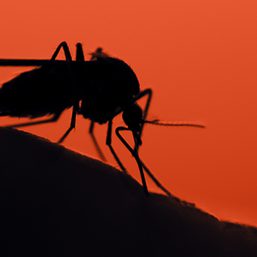



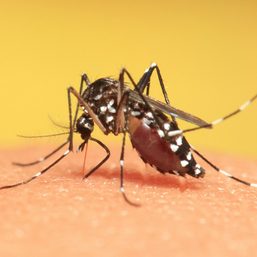
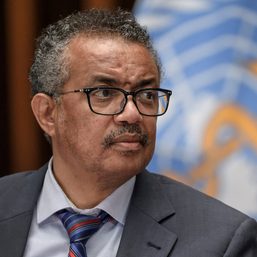
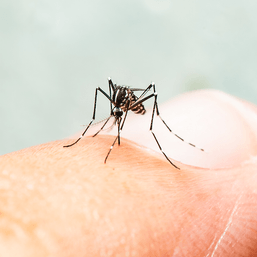
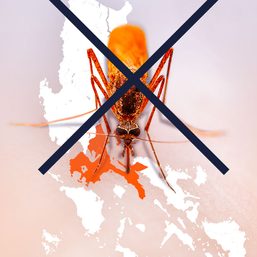


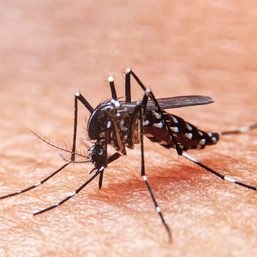
There are no comments yet. Add your comment to start the conversation.